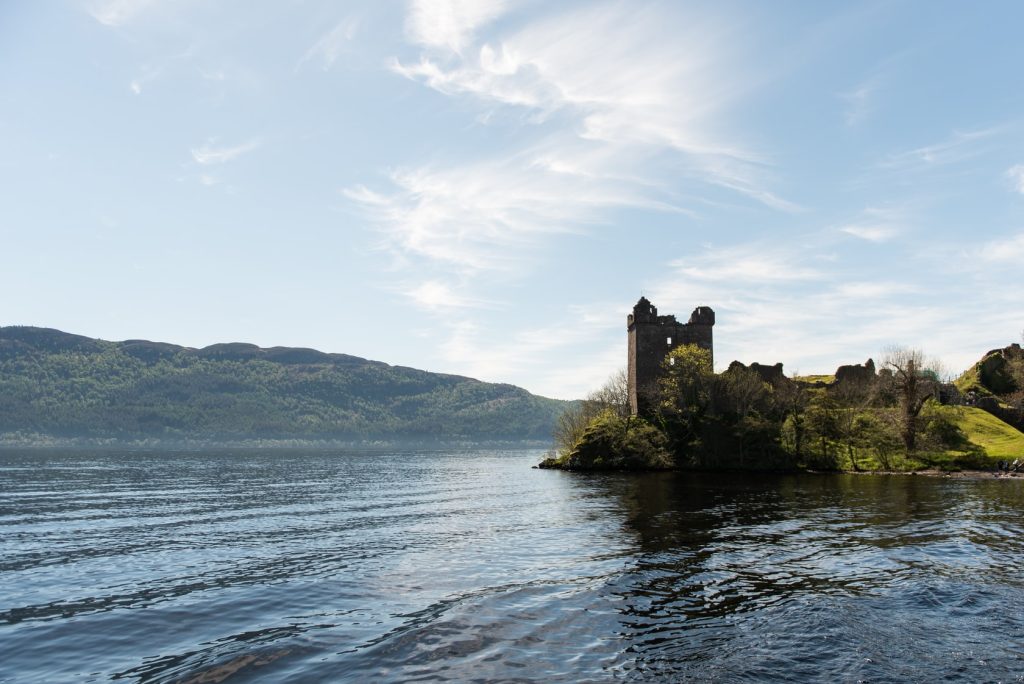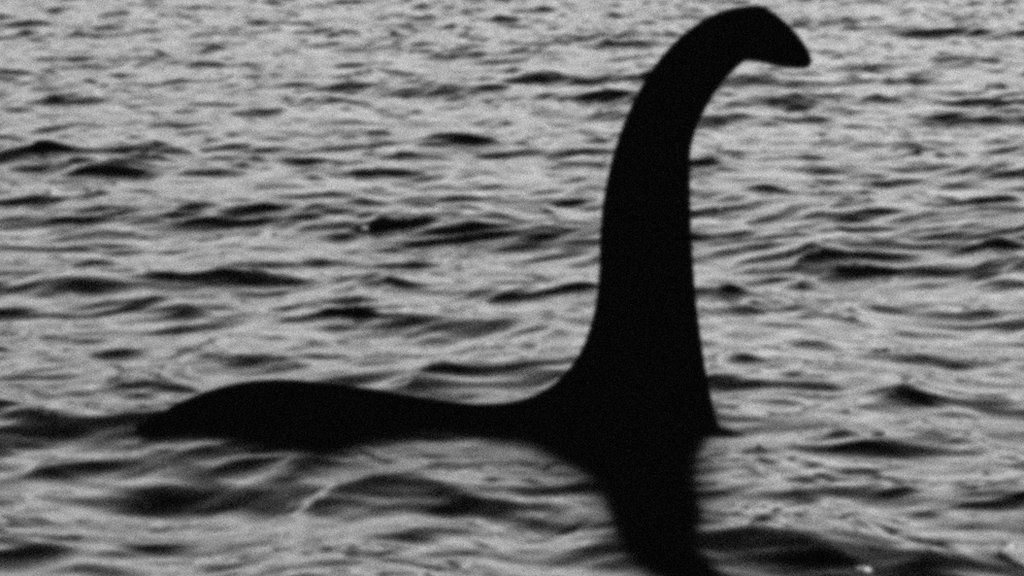The solution to the mystery of the Loch Ness monster has been found. People mistook a huge eel for an ancient monster. Let's check if this is true.
In September 2019, scientists from the University of Otago in New Zealand published results of a study of the Scottish Loch Ness. Over the course of a year, they took 250 water samples from all parts of the lake - both from the surface and from the depths - in order to conduct a DNA analysis and identify all the living things that live in it, that is, to compile a complete catalog of Loch Ness animals and plants.
As a result, 3,000 different species were found. But among them there was nothing even remotely reminiscent of dinosaur DNA. Namely, a relict plesiosaur thought Nessie is the majority of supporters of the monster's existence. According to the study, there are no traces of large animals and/or fish such as salmon, sturgeon, catfish or a stray shark in the lake. But there is a lot of eel DNA there.
In an interview with the BBC, team leader Nick Gemmell stated: “The sheer amount of genetic material suggests that the eels in the lake reach enormous sizes. We cannot rule out that the creature that people saw here and which they believe to be the Loch Ness Monster is an eel.”

The fact that there are a lot of eels in Loch Ness is no secret. Acne can reach quite impressive sizes - up to 2 m. This is also a fact. The bulk of them appear in the lakes and rivers of Scotland from the Sargasso Sea, where this fish spawns. During the migration process, they cover about 5000 km. And more than once, it was Scottish fishermen who came across large specimens - however, in other lakes.
But if you look closely at the above statement by Nick Gimmel, you will notice that he, unlike sensationalist journalists, does not claim that in all the cases when people saw Nessie (there are more than a thousand of these recorded), they actually saw eels. And he does the right thing, since there are not enough reasons for this.
There are more many a wide variety of options, including plausible ones. For example, in 2005, paleontologist Neil Clarke, curator of the Glasgow University Museum, compared the first reliable data on observations of the monster with a travel schedule of traveling circuses on the road to Inverness and came to the conclusion that local residents saw not prehistoric dinosaurs, but bathing elephants.
Before that, in 1982, engineer Craig suggested an elegant version that people mistake the trunks of resinous Scottish pine for a monster, which, once in the water, rot in the depths, and then, under the pressure of gases, “pop out” of the water like a jack-in-the-box.
Some point to the possibility of optical effects (mirages), others - to the sudden formation of large waves and vibrations of the water surface due to the shape of the lake, others - to underground tectonic activity and mini-earthquakes, accompanied not only by a sudden wave, but also by a roar, which some eyewitnesses described.
All these versions are not mutually exclusive. Different people at different times could see different things, being ready or even emotionally charged to meet the mystery. And their own unconscious could do the rest for them.
And, of course, we must not forget about deliberate falsifications. Thus, the most famous photograph of the Loch Ness monster in 1934, taken by surgeon Kenneth Wilson (see below), was exposed only in 1994, when two of his accomplices admitted to fabricating “evidence.” It turned out that the “monster” was made from a toy submarine, with a plastic head attached to it using putty. Its existence was beneficial to local hotel owners and journalists, so the story was quickly blown out of proportion. And then, as usually happens in such cases, people begin to see what they want to see.

This is not accurate
Read on topic:
- https://www.otago.ac.nz/news/news/otago717609.html
- https://en.wikipedia.org/wiki/Loch_Ness_Monster
- https://www.bbc.com/russian/news-49593960
If you find a spelling or grammatical error, please let us know by highlighting the error text and clicking Ctrl+Enter.







